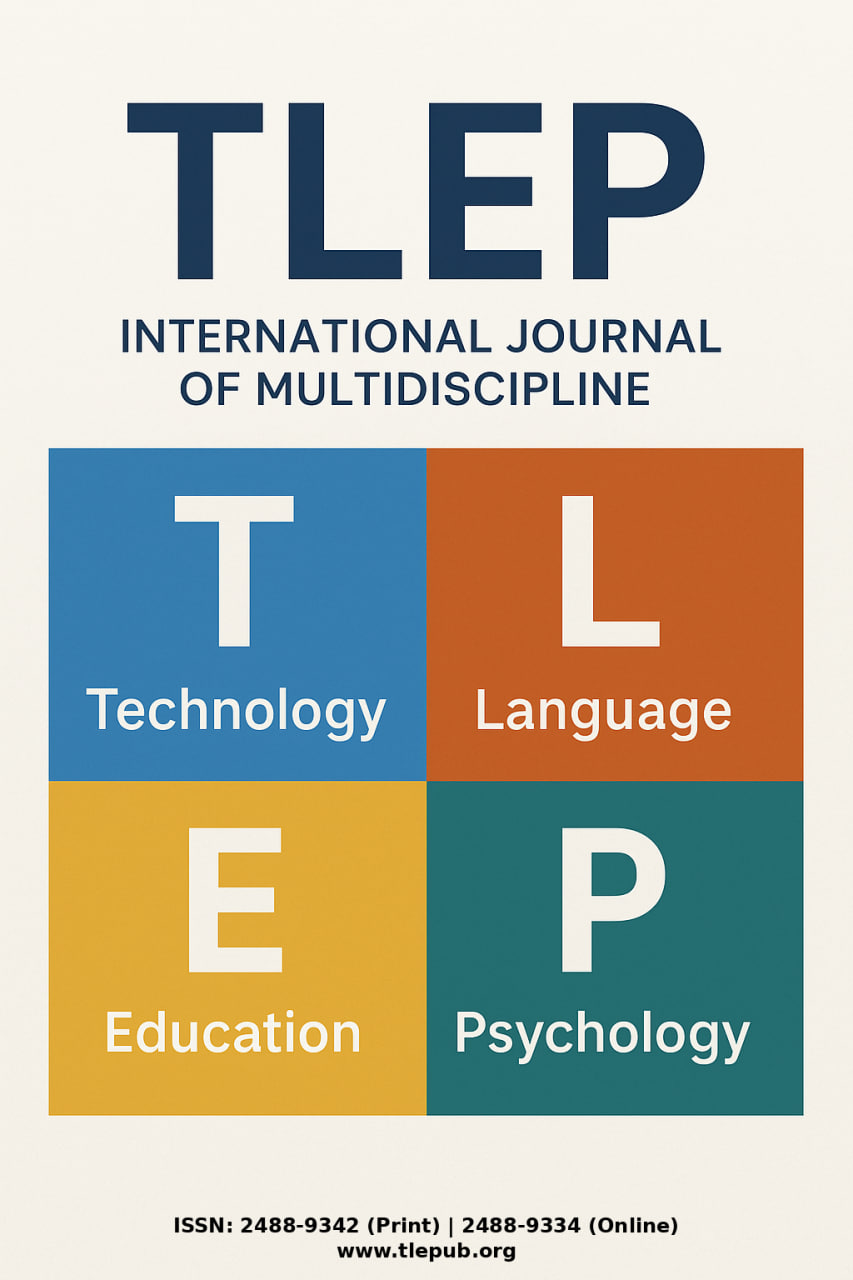Typological Features Of Structural-Functional And Combinatorial Signs Of Syntactic Units (In English, Korean And Uzbekistan Language Materials)
Abstract
In linguistics, the main task of syntax is the study of grammatical, semantic, and communicative aspects at the level of word combinations, sentences, and texts. In the study of syntactic units, structural-functional and combinatorial features play an important role. Their typological analysis helps to identify both the common and distinctive characteristics of language systems belonging to different language families — English (Germanic family), Korean (Altaic group), and Uzbek (Turkic family). The purpose of this article is to provide a comparative-typological analysis of the structural-functional and combinatorial features of syntactic units in English, Korean, and Uzbek.
References
Chomsky N. Syntactic Structures. The Hague: Mouton, 1957.
Hymes D. On Communicative Competence. Philadelphia: University of Pennsylvania Press, 1972.
Lee Iksop. Korean Syntax and Semantics. Seoul: Seoul National University Press, 2000.
Jo‘rayev M. O‘zbek tilining sintaksisi. Toshkent: O‘qituvchi, 2010.
Richards J., Rodgers T. Approaches and Methods in Language Teaching. Cambridge University Press, 2014.
Downloads
Additional Files
Published
Issue
Section
License
Copyright (c) 2025 Both journal and authors

This work is licensed under a Creative Commons Attribution 4.0 International License.





